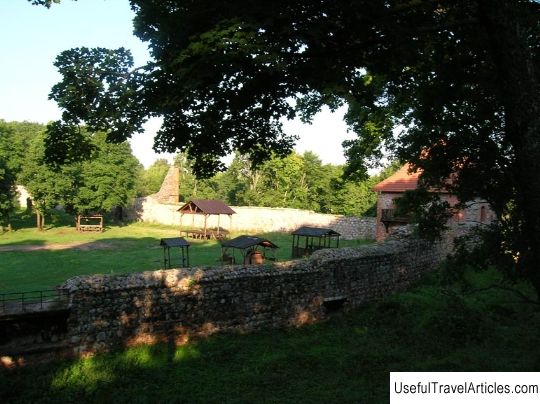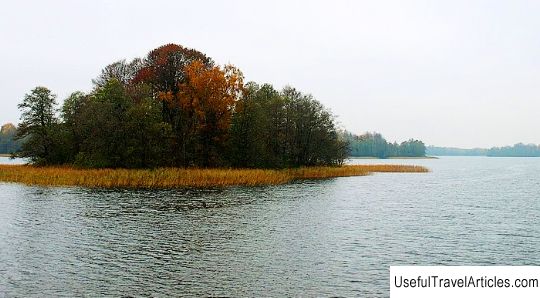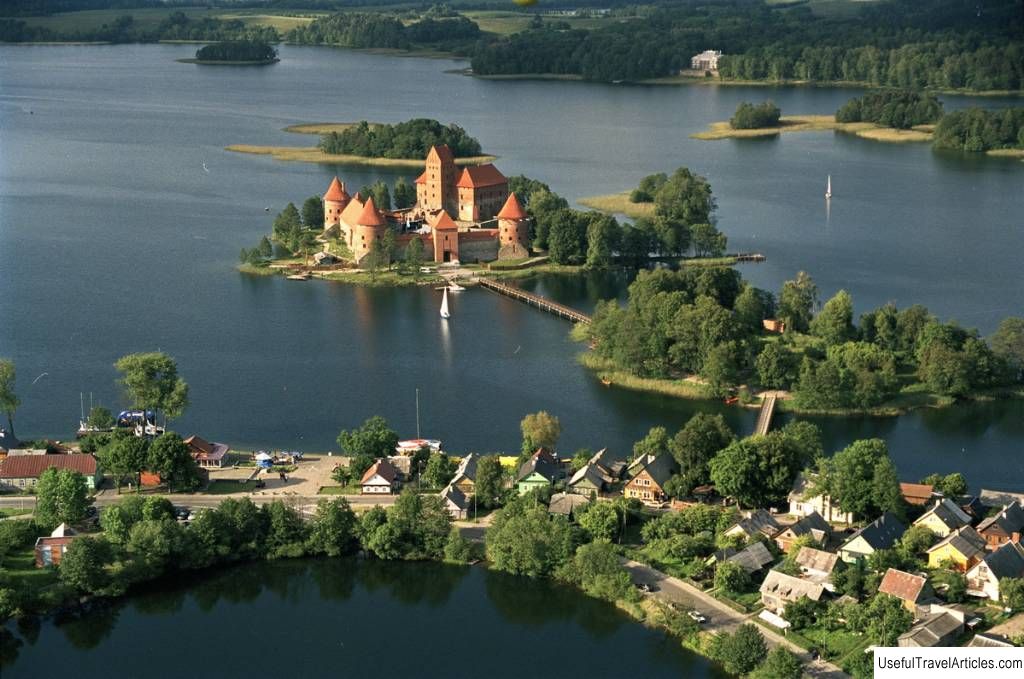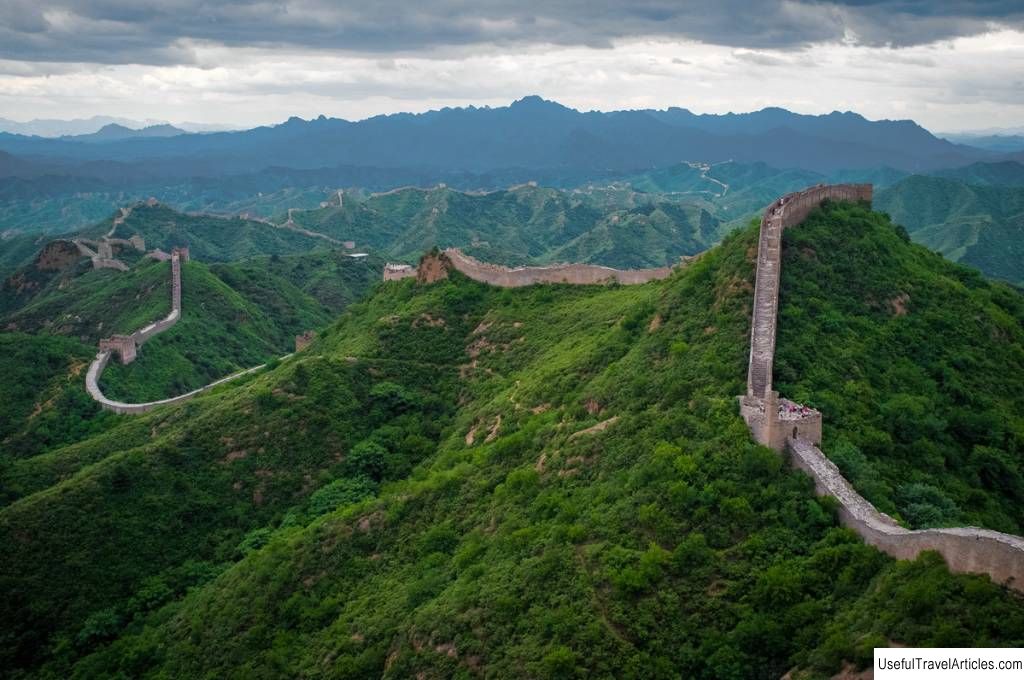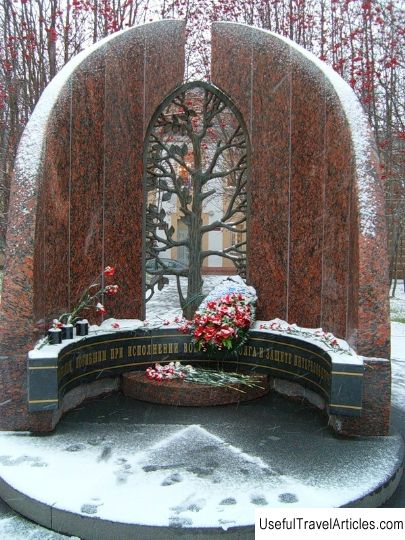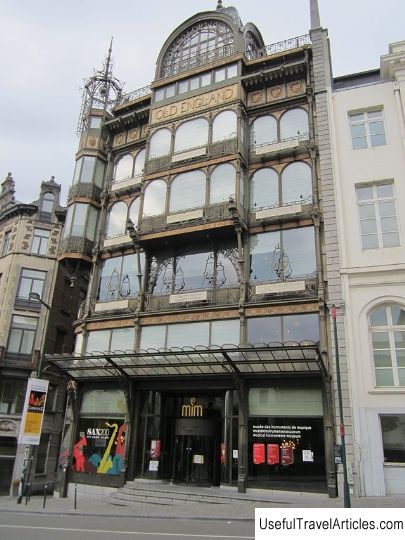Traku Peninsula Castle (Traku Pusiasalio pilis) description and photos - Lithuania: Trakai
Trakai Peninsula Castle (Traku Pusiasalio pilis) description and photos - Lithuania: Trakai. Detailed information about the attraction. Description, photographs and a map showing the nearest significant objects. The title in English is Traku Pusiasalio pilis. Photo and descriptionTrakai castle on the peninsula is located on the peninsula formed by lakes Luka and Galve. For the construction of the castle, a place was chosen, which is located in an inaccessible place, located between swamps and lakes. Trakai Castle was considered one of the most impregnable 14th century defensive fortresses in all of Lithuania, built during the great reign of Prince Kestut. The castle building consisted of a central castle and a forecourt. The castle was located on an area of 4 hectares, and its erection took place immediately across the entire area: at the same time, the foreclock and part of it adjacent to the hill were being built. The most important role was played by the pre-castle, which was a large courtyard, where, when the enemy approached, all the troops gathered and the inhabitants of the castle found refuge. The ante-castle was fenced in by thick stone walls with five towers. The front part of the castle consisted of a quadrangular courtyard, which was surrounded by a defensive wall with towers of various sizes. The main gate of Trakai Castle was located in the tower facing the city. The most important was the southern tower with buttresses. The tower had many loopholes, and the walls were almost 4 meters thick. Judging by its architecture, size and location, it can be assumed that the owner of the castle could have lived in the southern tower. During the Crusades, the enemies heading for Vilnius tried to avoid encounters with the garrisons of both Trakai castles, which existed simultaneously for some time. Throughout 1382, the Teutons once devastated the surrounding area of Trakai. In 1383, the enemies captured the castle, but could not withstand the defense for a long time. The Crusaders delivered bombards and stone throwers to the castle walls. In the same year, the castle was conquered by the Lithuanians, although it was badly damaged after numerous battles. In 1391, the castle and the city were burnt down. Trakai Castle was destroyed not only through the fault of the Order, but also as a result of fratricidal wars between the Grand Dukes of Latvia. Almost destroyed buildings were often fortified and restored. At the beginning of the 15th century, the dilapidated castle was fortified with another wall and small adjacent towers. It is known that the wooden walls of Trakai Castle were replaced with stone ones in the 15th century. Thus, a stone building appeared on the hill, and a courtyard surrounded by walls was added to it. Near the foot of the hill, a moat was created, which was 12 meters wide and fortified with walls made of stone. During the construction process, brick was used, which in some places completely hid the stone core of the former walls. Trakai Castle was one of the largest castles of that time in all of Lithuania. As for the construction technique, the shape and construction of the castle, they almost did not differ from the castles of the defensive architecture of the European model. Time passed and the Trakai castle ceased to be a reliable defense, because it was easy to approach it, and the constantly evolving military equipment became capable of destroying even the thickest castle walls. After the Battle of Grunwald, it was decided to build a stone fortress near Lake Galve. But the idea was never realized. The construction of the palace on the Sacrificial Hill was not completed either. After Vytautas died, the work stopped immediately. A little later, after a devastating war with Russia from 1655 to 1661, the castles ceased to be restored at all. In the 18th century, Dominican monks settled on the territory of the castle. Soon they began to build a church, but they did not have enough money, and a chapel and a monastery appeared in the unfinished church. As soon as Lithuania lost its statehood and became part of Tsarist Russia in 1795, not only the castle, but also the palace of the rulers of the lower Vilnius castle were completely destroyed by the beginning of the 19th century. About 4 hectares of the former castle grounds were turned into a park.         We also recommend reading Staro-Ulanovichskoe cemetery description and photos - Belarus: Vitebsk Topic: Traku Peninsula Castle (Traku Pusiasalio pilis) description and photos - Lithuania: Trakai. |
